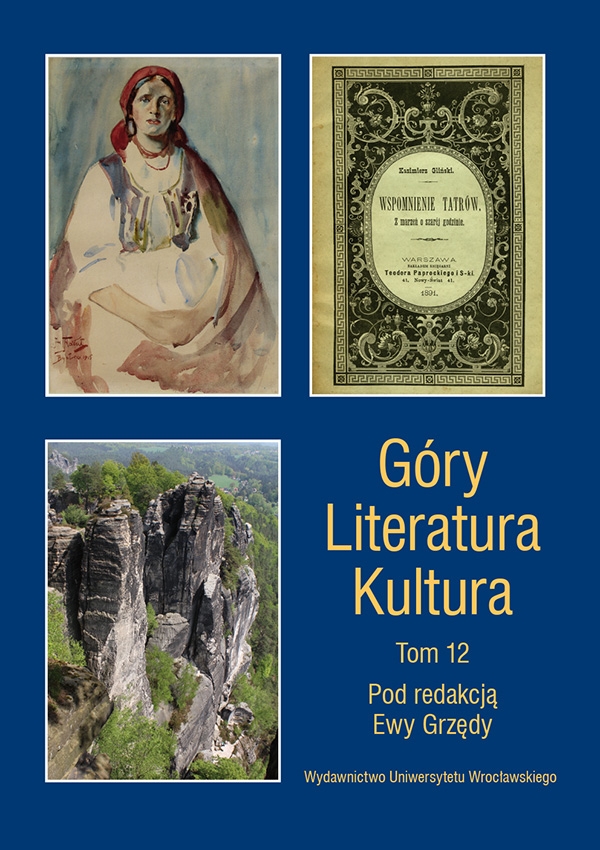

Artykuły i rozprawy

A blessed sight and architecture of a hermitage: Stefan Żeromski’s episode from the history of the Kalatówki trail
The article seeks to interpret the motif of Brother Albert Chmielowski participant in the January Uprising, social activist as well as a Young Poland painter in Stefan Żeromski’s 1913 novel Nawracanie Judasza Converting Judas and to answer the question about the role of the Albertine hermitage on Kalatówki. The Albertine congregation played an active part in the development of infrastructure in Zakopane, with the brothers working, for example, on the construction of the most popular tourist trail in the Tatras — to Giewont — an important thread in Żeromski’s novel. Żeromski sees Brother Albert not only as a spiritual idealist and social activist, but also a fine artist creating works typical of modernism painting in the altar in the Kalatówki chapel featuring the crucifix with the suffering Christ. The crucial motif of “converting Judas” lies in the enhancement of the status of landscape, an example of Żeromski’s typical lyricisation of descriptions of nature. For the author of Converting Judas, the subjectification of landscape as well as numerous metaphorised images of nature are used mostly as means to illustrate the protagonist’s inner landscape. The dominant myth in the novel — of eternal creative nature: changeable but personifying the evolutionary continuity of life — is an optimistically soothing answer to decadent dilemmas. In the mountain landscape, surrounded by nature and accompanied by a friar, the protagonist experiences a real katharsis. The “blessed sight” generates strength needed for the construction of the trail and personal spiritual renewal.